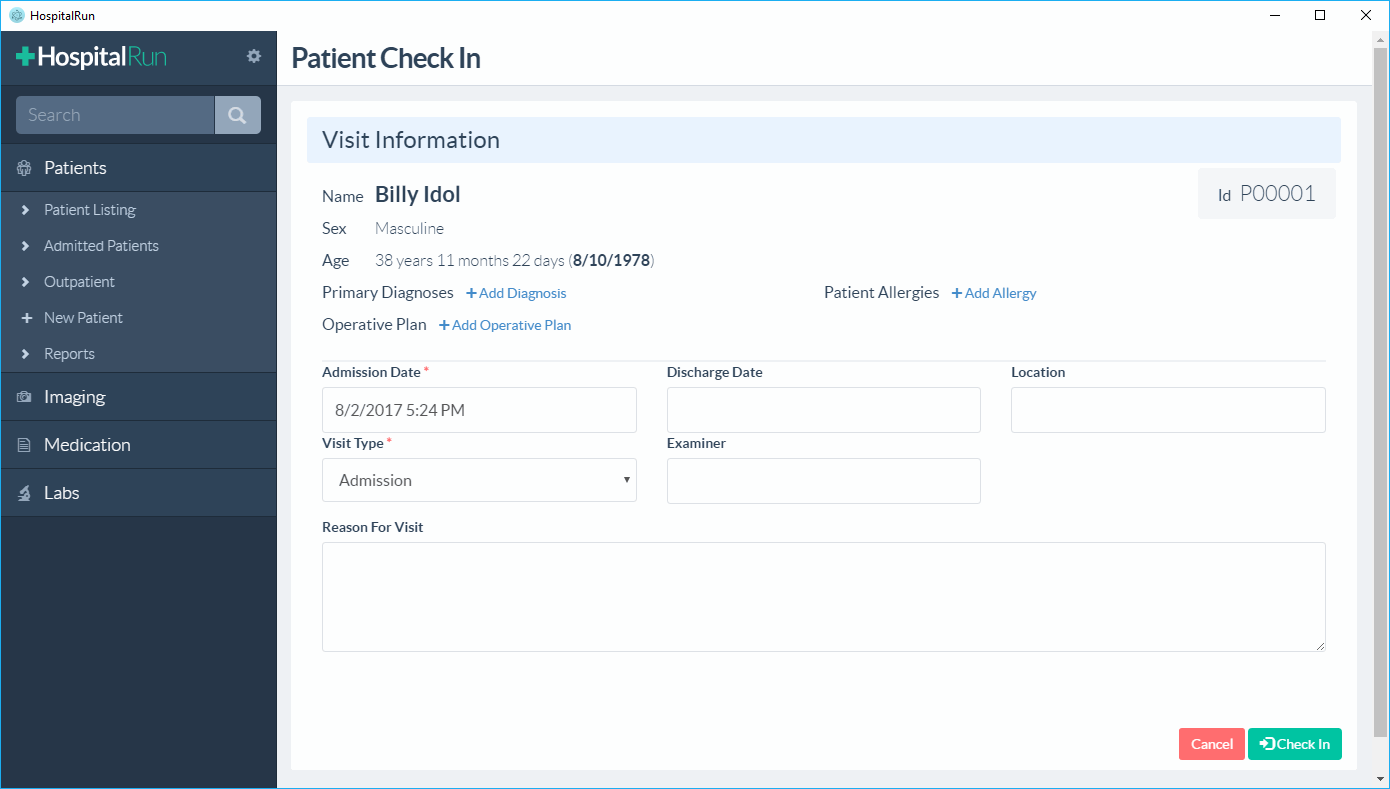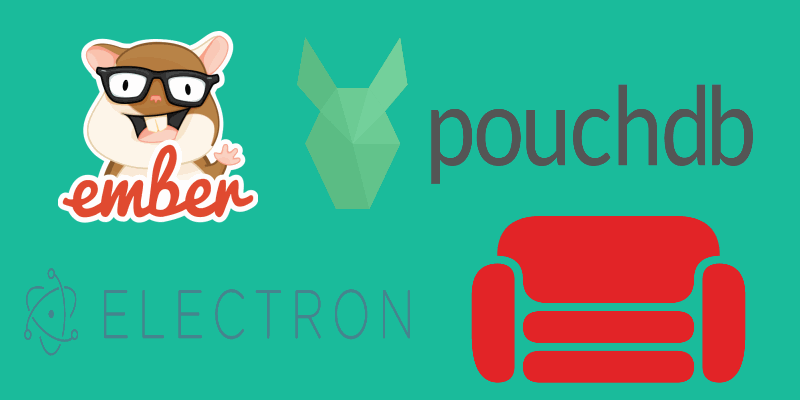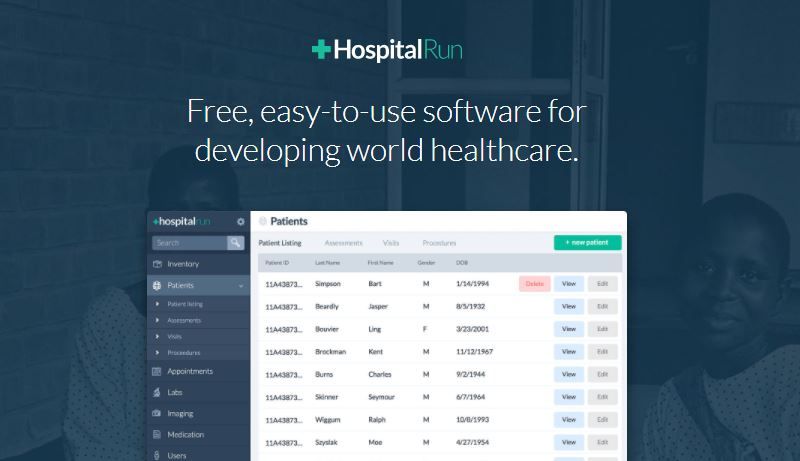Building software for the developing world is about embracing the realities of lower-resource settings as a driver - rather than a constraint - for innovation.
An electronic medical record is an electronic version of a patients medical history, that is maintained by the provider and the user (doctors) over the time. The prices of EMR systems and providers (which by the way are not cheap at all in most of the countries) have a significant influence on the EMR adoption in the low resources countries "the developing world" (in case such service even exist), as till today in 2017 there still exist physical medical histories about patients. That's why HospitalRun is built to provide the most modern hospital information system possible to the least resourced environments.
What is HospitalRun?
HospitalRun is software built to provide the most modern hospital information system possible to the least resourced environments. HospitalRun is designed to allow records to be carried to remote clinics. It works when there is no Internet, and syncs when there is.
The most important and special features of this project are:
- Offline-first support (thanks to PouchDB and service workers)
- The capability to deploy to a local server AND the cloud with synchronization for free (thanks to CouchDB)
- Desktop deployment for Mac and Windows (thanks to Electron)
- Scripted server deployment (thanks to Docker)
- Near-complete internationalization (ember-i18n)
- Repo-enforced code standards (thanks to eslint)
- Automated integration testing (thanks to Travis CI)
- Over 1,000 acceptance tests
- A donated Demo environment (thanks to Microsoft Bizspark)
- Incredible traceability on the project repository for issues, projects, and code (thanks to GitHub)
HospitalRun offers a complete EMR with a lot of roles like Doctors, Nurse, Pharmacist, Finance Manager, Inventory Manager and a lot more:

It has an useful scheduler to manage appointments for patients:

The project encourages microindustry around the deployment of the system, but the code is free and open source and always will be.
How is it technically made?
For the user, HospitalRun is a desktop application made with Electron Framework, a framework that allows you to build cross platform desktop apps with JavaScript, HTML, and CSS. The project itself divides itself in 2 areas, the frontend and the backend. The frontend area has been developed with the widely known JavaScript framework Ember.js.

In the backend it uses CouchDB. HospitalRun is designed to allow records to be carried to remote clinics, which makes it perfect for reaching patients that are in remote places. It works when there is no Internet, and syncs when there is. This is achieved thanks to PouchDB (yes, pouch not couch). PouchDB is an open-source JavaScript database inspired by Apache CouchDB that is designed to run well within the browser. PouchDB was created to help web developers build applications that work as well offline as they do online.
How to test?
The Desktop application to offer offline-first can be downloaded from the official website. It is available for Windows and Mac. Besides you can test it online from your browser visiting this website.
How to contribute?
One of the things that the HospitalRun team is putting a lot of energy into, is the usability experience for contributors. Contributors are the fuel that make any open source project like this possible, and they need contributors in coding, design, user experience, marketing, project management, product requirements, and devops. HospitalRun accepts code as contribution on its source code in the official repository at Github or make a financial contribution to support the development and deployment of HospitalRun. For more information about this open source project, please don't forget to visit the official website and follow HospitalRun in Twitter.









